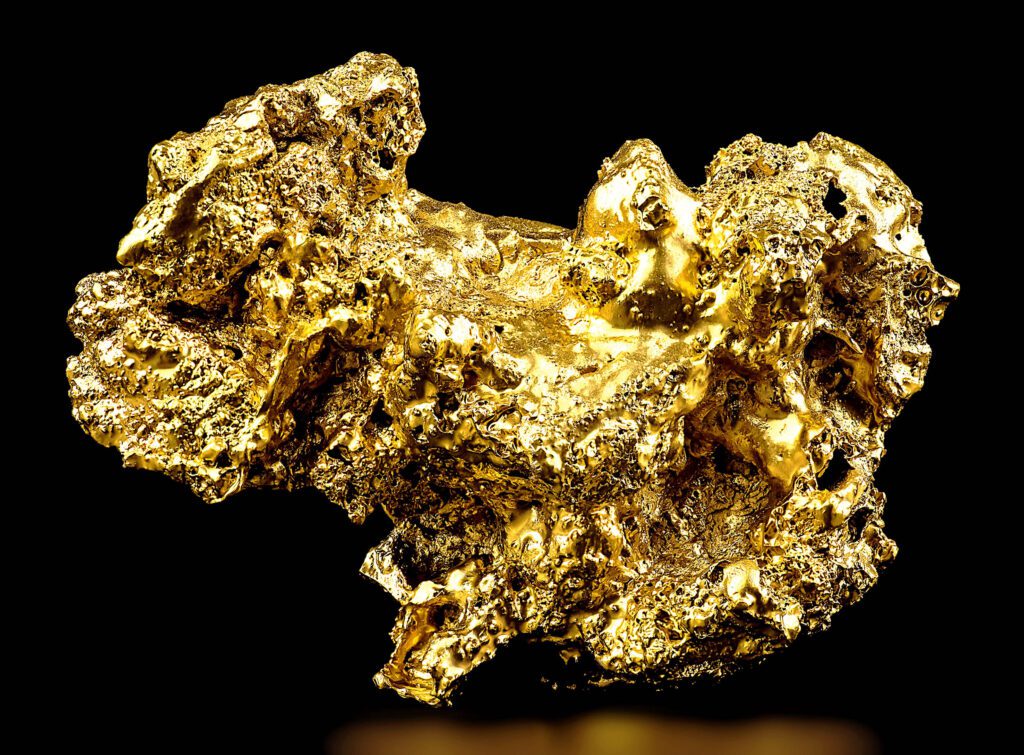In 2024, the average mine extracted about 3,661 tons of gold, but understanding the formation of large gold nuggets has been challenging for geologists. Dr. Christopher Voisey from Monash University proposes that earthquakes play a crucial role in this process, suggesting they could be the missing link in explaining the "Gold Nugget Paradox."
Gold is primarily found in quartz fractures, and Voisey’s team theorizes that the intense pressure from earthquakes transforms quartz into a natural battery, generating voltages that help gold ions settle and form large nuggets. Their lab experiments demonstrated that mechanical shocks similar to those from earthquakes could cause nanoparticles of gold to cluster within quartz, confirming the electrical mechanism.
The findings could enhance exploration methods for gold by identifying seismically active areas likely to contain nuggets and help mining engineers explore acoustic stimuli to cluster gold in low-grade veins. Future research will investigate gold growth patterns in seismically active regions and assess whether similar processes apply to other precious metals like silver and platinum. The implications extend beyond Earth, potentially identifying new mining targets on other celestial bodies, like Mars. This study appears in Nature Geoscience.


